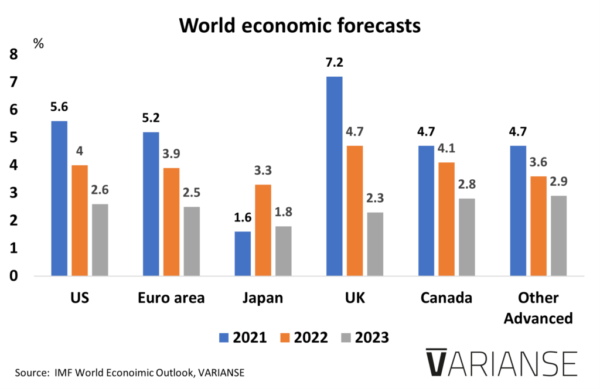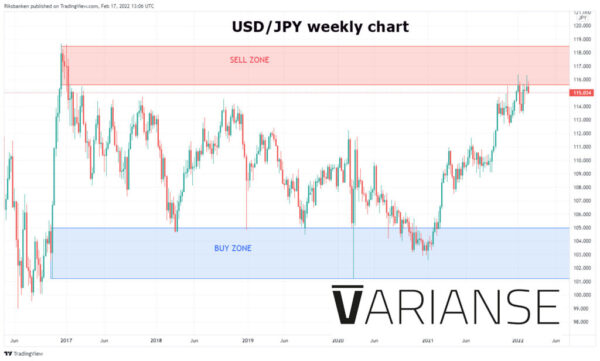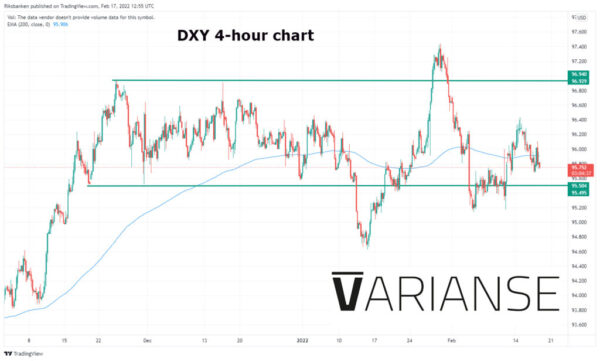Rising economic activity and lower inflation from Japan could dampen further gains in USD/JPY just as the broad US dollar’s ascent shows signs of stalling.
USD/JPY has been the best performing major currency pair over the past twelve months. Past performance, however, is not a guarantee of future performance. Rising economic activity and lower inflation from Japan could dampen further gains in USD/JPY just as the broad US dollar’s ascent shows signs of stalling.
But it hasn’t just been the Japanese yen that has been a loser against the US dollar. Dollar strength has driven all the other major currencies lower against the US dollar over the past year. Propelled by an increasingly hawkish Federal reserve, a strong rebound in economic activity over 2021, and from its role as maximum safe-haven currency during times of global economic and geopolitical upheaval.
US dollar tailwinds, however, could easily turn into headwinds as the US economy grapples with a slower pace of growth, record high inflation, and as other developed economies further recover from their post-pandemic slump in 2022.
 Furthermore, market expectations around future interest rates from the Federal reserve already look full. At the time of writing, the market was pricing 150 bps of policy tightening in 2022, up from c. 75 bps at the start of the month.
Furthermore, market expectations around future interest rates from the Federal reserve already look full. At the time of writing, the market was pricing 150 bps of policy tightening in 2022, up from c. 75 bps at the start of the month.
Granted, the Bank of Japan looks nowhere near tightening policy anytime soon as it looks to defend low long-term bond yields, but inflation in Japan is still running low at 0.8% versus 7.5% in the US. In fact, Japan’s low inflation rate could benefit the yen should inflation remain stubbornly high in the US and growth end up surprisingly low.
Meanwhile, on a broader basis, last year’s big assent in the US dollar index (DXY), has begun to show signs of stalling. The index, which has more or less traded within a range of 96.929 – 95.504 since, now trades nearer to the bottom. Should the broader DXY stumble, expect the USD/JPY to be a big beneficiary.














